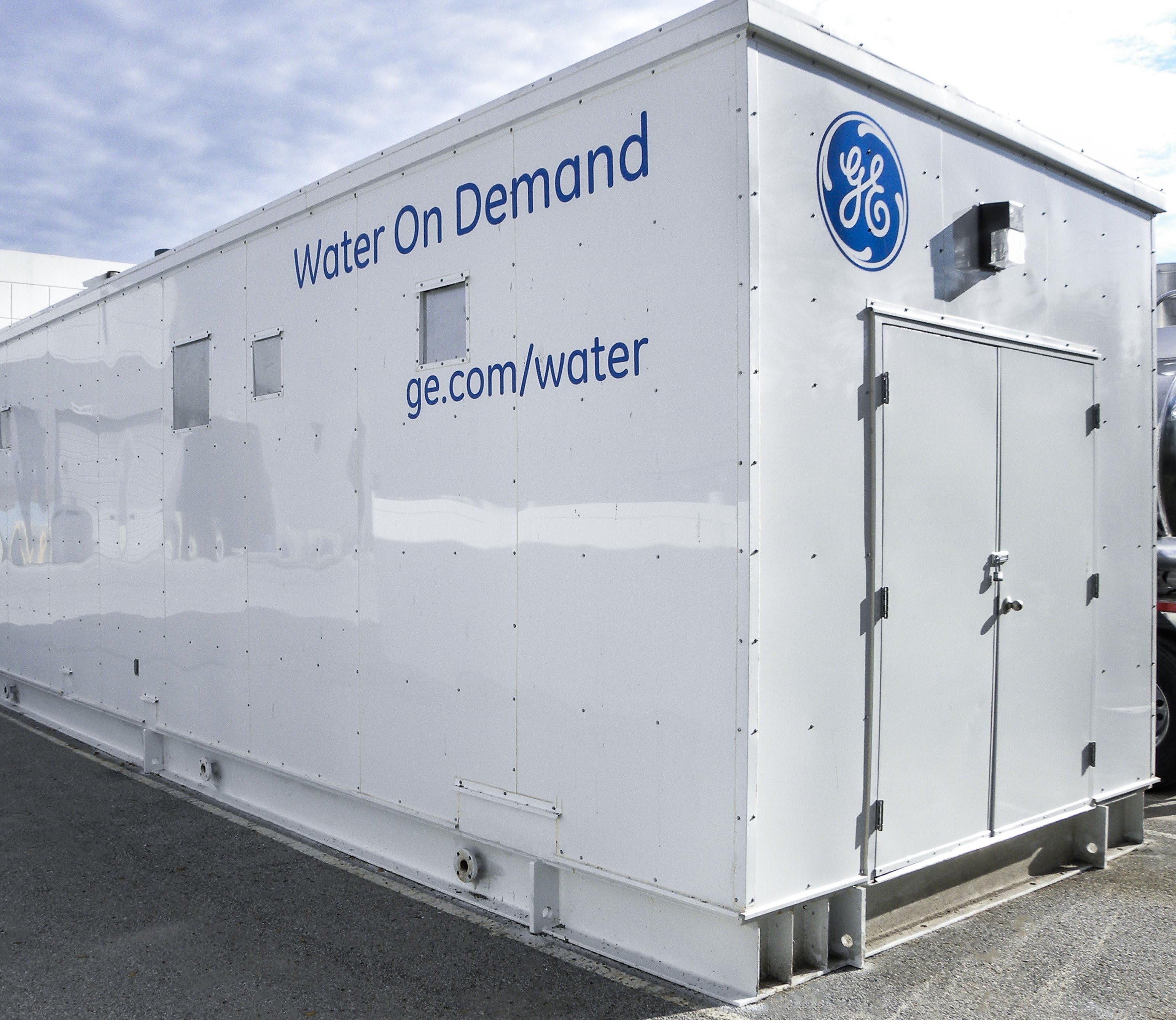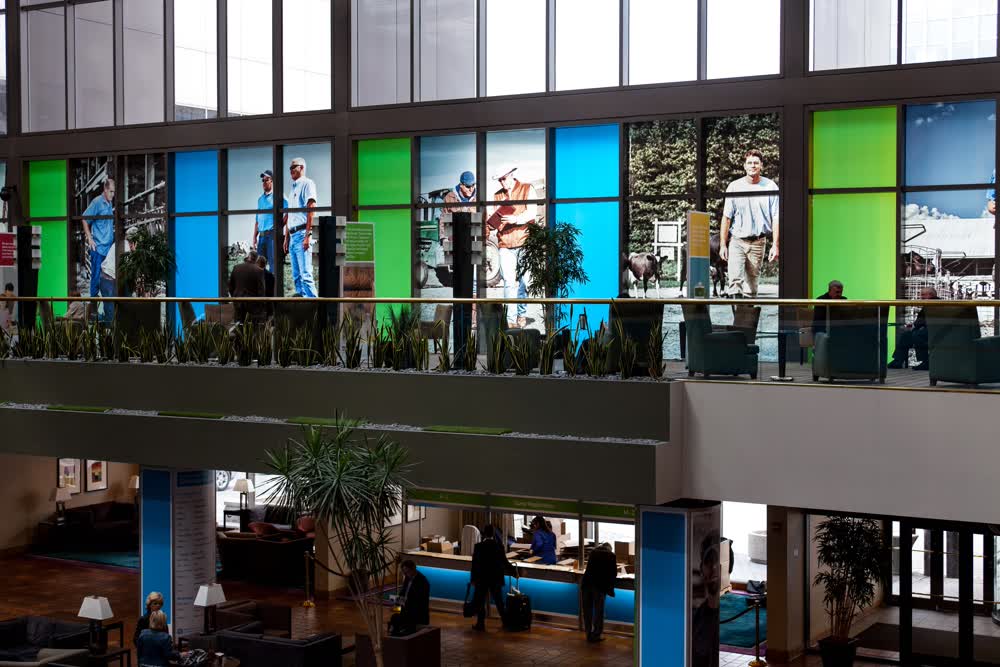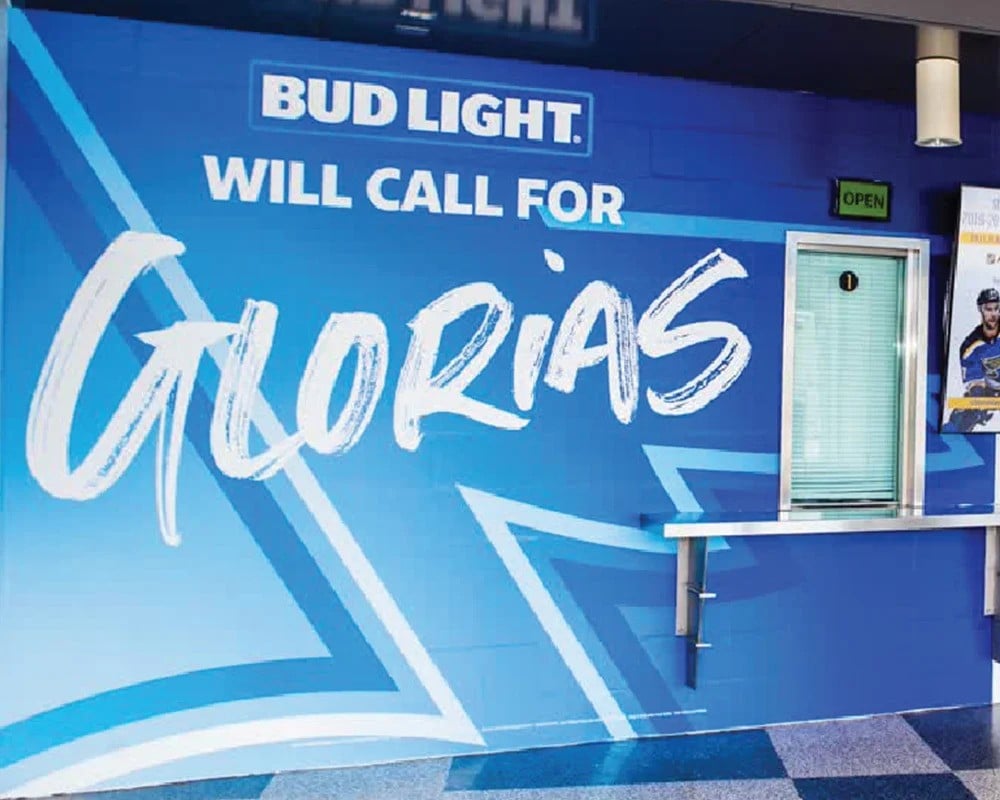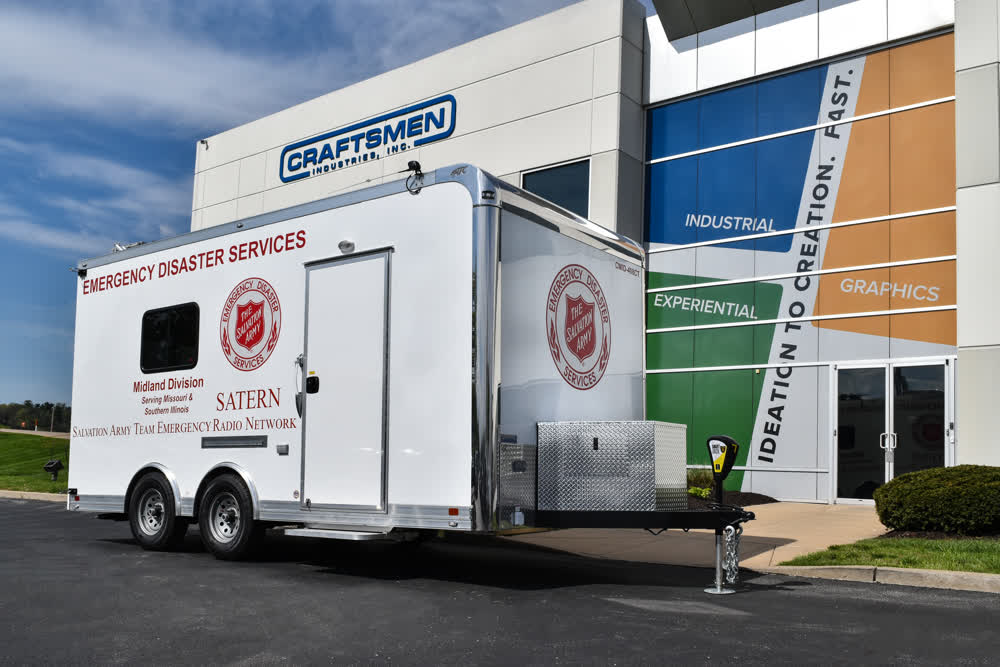The Ins and Outs of One-way Window Decals
In recent decades, one of the most extraordinary advances in graphics has come in the development of the one-way window graphic technology known as...
4 min read
Craftsmen Industries Aug 5, 2025 5:43:44 AM

Access to safe drinking water is one of the biggest operational challenges in remote deployments. Whether it's a military mission, disaster relief camp, mining site, or scientific expedition, contaminated water can halt operations, threaten health, and increase logistics costs. Deployable water treatment systems address this issue by producing clean, potable water directly on-site, thereby eliminating the need to transport bottled water.
Let's examine the various types, components, and selection criteria for water treatment systems employed in remote and challenging environments.
A remote water treatment system is a self-contained unit designed to purify water from natural sources, such as rivers, lakes, or wells, into safe, drinkable water. These systems are:
They are vital for:
The following types of water treatment systems are beneficial for remote use:
RO systems force water through a semi-permeable membrane, removing salts, bacteria, and contaminants.
Example: Military ROWPU (Reverse Osmosis Water Purification Unit) used for field deployment.
UF systems utilize hollow fiber membranes with pore sizes ranging from 0.01 to 0.1 microns.
UV light destroys microorganisms by altering their DNA.
Containerized Mobile Water Treatment trailers house multiple treatment stages (coagulation, sedimentation, filtration, RO, UV).
Combines RO with energy recovery devices for seawater desalination.
Given below is the list of essential components of a deployable water treatment system:
Component |
Function |
|
Intake pumps |
Draw water from surface or underground sources. |
|
Pre-filters |
Remove large debris and silt. |
|
Chemical dosing |
Coagulates particles for easier removal. |
|
Membrane filters |
Remove dissolved salts and pathogens. |
|
UV sterilizers |
Neutralize remaining microorganisms. |
|
Storage tanks |
Hold treated water before distribution. |
|
Control panels |
Automate monitoring and flow regulation. |
Choosing the right water treatment solution depends on multiple factors:
Let's explore some benefits of a deployable water system:
Challenge |
Solution |
|
High turbidity or sediment |
Multi-stage sand and carbon pre-filters. |
|
Low power availability |
Solar, hand pumps, or energy recovery. |
|
Harsh environmental conditions |
Rugged, weatherproof enclosures. |
|
Filter clogging |
Automated backwashing and spare filter kits. |
|
Brine disposal (RO systems) |
Portable brine concentrators or evaporation ponds. |
Water treatment systems include filtration, sedimentation, reverse osmosis, UV purification, ion exchange, and activated carbon treatment. Each system targets specific contaminants like bacteria, heavy metals, or chemicals to ensure safe drinking water.
A decentralized water treatment system treats water close to its point of use rather than at a centralized facility. These systems suit rural areas, small communities, or industrial sites needing localized water purification.
Reverse osmosis is considered the most effective system. It removes up to 99% of dissolved salts, bacteria, and harmful chemicals, making it ideal for producing high-purity drinking water in both residential and industrial applications.
Membrane filtration technologies, such as ultrafiltration and reverse osmosis, are the best available options. They effectively remove pathogens, microplastics, and contaminants while maintaining energy efficiency and compliance with global water quality standards.
Advanced water treatment methods include membrane bioreactors, advanced oxidation processes, electrochemical treatment, and nanofiltration. These methods target emerging pollutants, pharmaceuticals, and micro-contaminants that conventional systems often fail to eliminate.
Reliable water treatment is a mission-critical requirement for remote operations. Modern systems combine portability, energy efficiency, and multi-stage purification to deliver safe drinking water anywhere on Earth. From tactical RO units to containerized mobile plants, operators can secure a steady water supply without heavy resupply chains.
For expert consultation and tailored deployable water treatment solutions, contact the craftsmen team today to ensure uninterrupted access to safe drinking water in any remote environment.

In recent decades, one of the most extraordinary advances in graphics has come in the development of the one-way window graphic technology known as...

Wall art has always been a creative way to express your ideas and uniqueness. With numerous customization options, these graphics can be used for...

Enclosed trailers can serve many purposes, and the possibilities are endless when discussing their uses. With the right customizations, you can use...